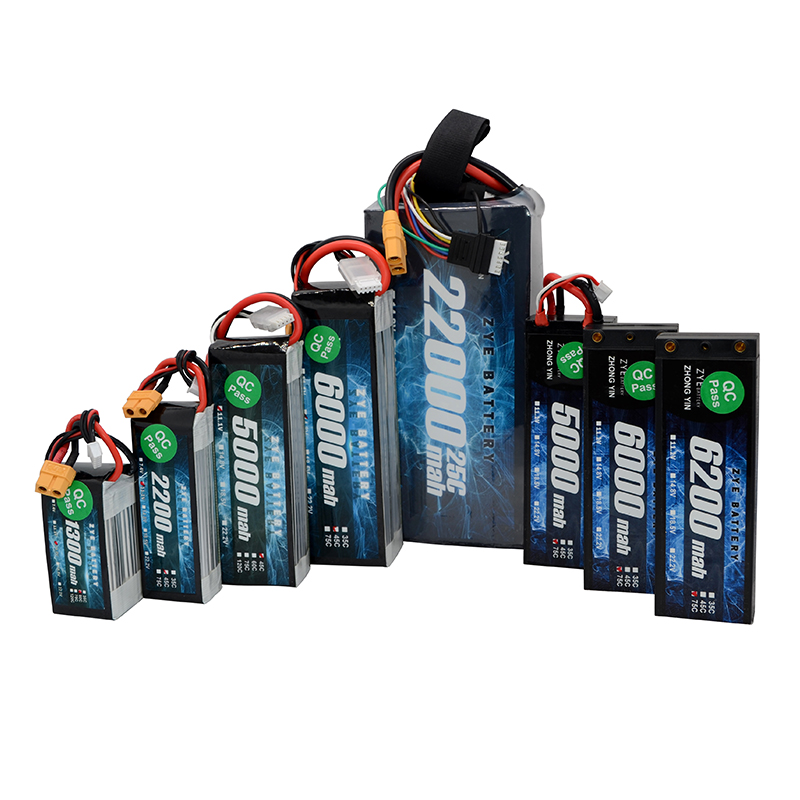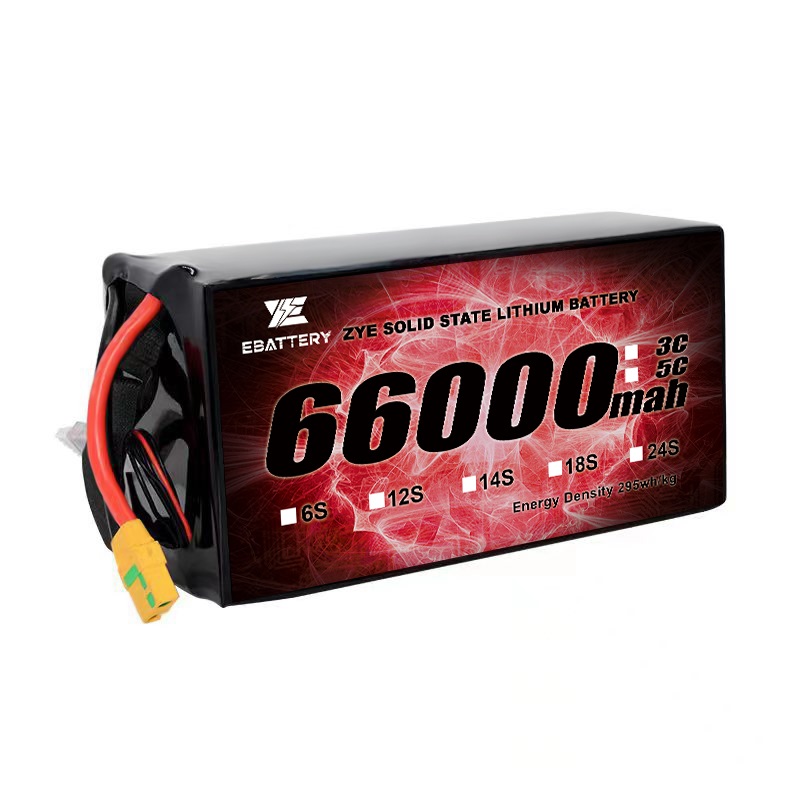Solid-State Batteries in Drones: Wins, Hurdles, and What’s Next for Operators
2025-11-17
The result? A 48-minute, 10-second continuous flight—something that would’ve been unthinkable with lithium-ion just a few years ago. For anyone in the space, that’s not just a number; it’s proof that solid-state can fix two of drone operators’ biggest gripes: short flight times and safety worries. That test flight didn’t just break a record—it showed that eVTOLs (and drones, in general) could soon handle longer, more reliable missions without cutting corners on safety.
Panasonic jumped in too, with a solid-state battery built specifically for smaller drones—and their specs hit a sweet spot for busy operators. Imagine charging a drone battery from 10% to 80% in 3 minutes. For a delivery team running 20+ flights a day, that cuts downtime from 30 minutes (with lithium-ion) to almost nothing. Even better? It lasts 10,000 to 100,000 charge cycles at room temperature. A construction company we work with told us they replace lithium-ion batteries every 6 months—this Panasonic option could last them 5+ years. That’s a massive cost save, but it also means fewer batteries ending up in landfills—something clients are increasingly asking about as they lean into sustainability.
But here’s the thing we don’t sugarcoat for clients: solid-state still has hoops to jump through before it’s in every drone. We’ve talked to dozens of small-to-medium drone operators over the past 6 months, and their concerns all circle back to the same challenges—ones that go beyond “good specs on paper.”
Take cost first. The materials alone are pricier: the solid electrolytes in these batteries cost more than the liquid ones in lithium-ion, and the machines needed to make them? They’re not off-the-shelf. A startup drone maker in Texas told us they wanted to switch to solid-state, but the upfront cost of retooling their battery setup would’ve eaten up their entire annual budget. For big players like EHang or Panasonic, that’s manageable—but for the majority of operators, it’s a barrier right now.
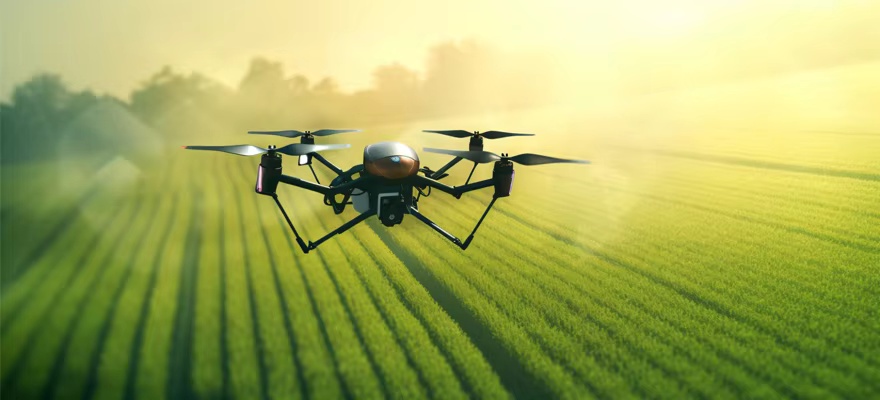
Then there’s the “interface stability” problem—fancy terms for a simple issue: the solid electrolyte and the battery’s electrodes need to stay in tight, consistent contact to work well. But every time the battery charges and discharges, the electrodes shrink and expand a little. Over time, that creates tiny gaps, and the battery loses power faster. We saw this firsthand with a farm drone test last spring: after 50 cycles, the solid-state battery’s flight time dropped by 12%—not a dealbreaker, but enough that the farmer asked, “Will this get worse?” Right now, the answer is “maybe,” until manufacturers figure out more durable electrode materials.
Brittleness is another headache, especially for drones that fly in rough conditions. Most ceramic-based solid electrolytes are tough—but not flexible. A search-and-rescue team in Colorado tested a ceramic-electrolyte battery last winter; during a landing on rocky terrain, the battery casing cracked (luckily, no fire), and the drone lost power. Lithium-ion might leak in that scenario, but it usually keeps working long enough to land safely. For drones that handle vibrations (like construction site scanners) or hard landings (like wildlife monitoring drones), this is a big concern.
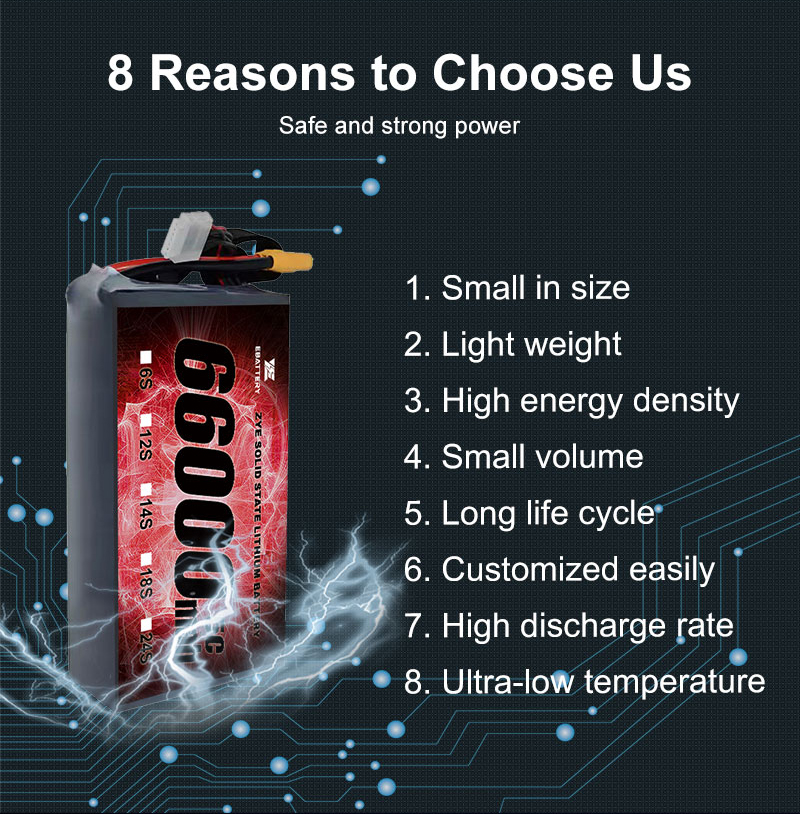
Even lithium dendrites—those tiny, needle-like structures that short out lithium-ion batteries—aren’t fully gone. They’re rarer in solid-state, but we’ve heard from battery engineers that at high charging speeds (like Panasonic’s 3-minute charge), dendrites can still form. It’s a smaller risk, but for operators flying over crowded areas, “smaller” isn’t always “good enough.”
Heat is another surprise. Solid-state is safer at high temps than lithium-ion, but it doesn’t dissipate heat as well. A drone used for high-power tasks—like lifting heavy payloads or flying at top speed for long—can build up heat fast. We worked with a logistics client testing a solid-state drone for 50lb package deliveries; after 25 minutes of flight, the battery got hot enough that the drone’s software forced it to land early. They had to add a lightweight heat sink, which cut into the payload capacity—defeating part of the purpose of switching to solid-state.
And let’s not forget manufacturing scale. Right now, most solid-state batteries are made in small batches. A drone operator who needs 100 batteries a month might wait 6-8 weeks for delivery, whereas lithium-ion batteries are in stock same-day. Until factories can crank out solid-state batteries as quickly (and cheaply) as lithium-ion, adoption will stay slow for all but the biggest teams.
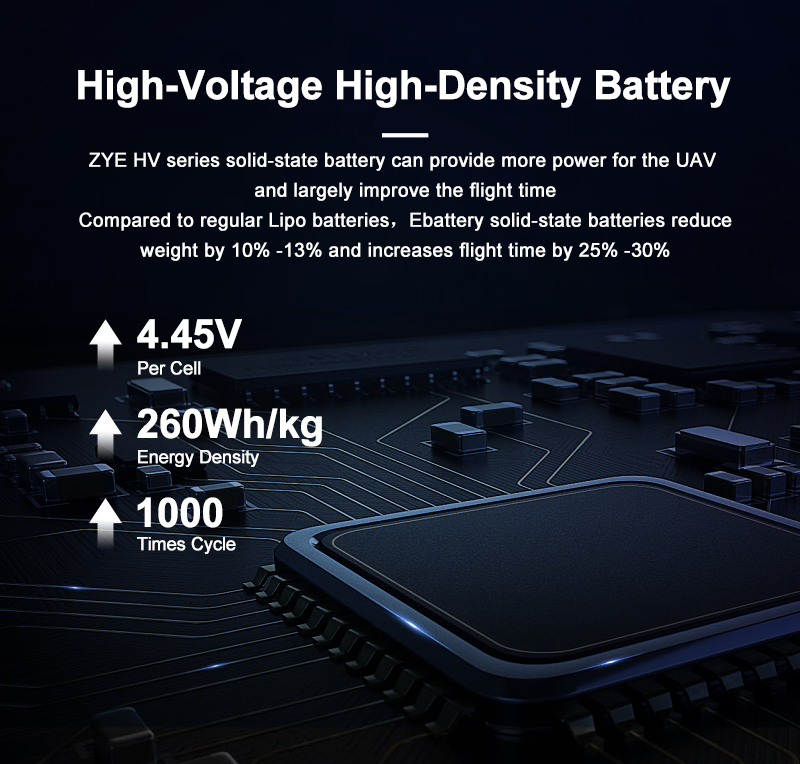
When it comes to the solid electrolytes themselves, there’s no “one-size-fits-all” either. Ceramics are great for conductivity—they let ions move fast, which means more power—but they’re brittle, as we saw. Polymers are flexible, so they handle vibrations better, but they’re slower at room temperature—fine for a slow-moving agriculture drone, but bad for a fast delivery drone. Sulfides are the middle ground: good conductivity and flexibility, but they react to moisture. A coastal drone operator in Florida told us they had to add a waterproof casing to sulfide-based batteries, which added weight. Choosing the right electrolyte depends entirely on what the drone does—and where it flies.
Here’s the good news, though: every challenge we’ve mentioned is being solved, one test at a time. EHang’s flight wasn’t a fluke; it’s a sign that manufacturers are figuring out how to tailor solid-state to drones. Panasonic’s fast-charging battery isn’t just a prototype—it’s starting to ship to select clients. And as more operators demand solid-state, costs will drop.
For anyone running a drone business right now, the question isn’t “if” solid-state will take over—it’s “when, and how to prepare.” Start small: test a few solid-state batteries with your most high-demand drones (like delivery or search-and-rescue) and track the savings in time and replacements. Talk to your battery supplier about custom solutions—many are willing to tweak electrolytes for your specific use case.
Solid-state isn’t perfect yet, but it’s already better than lithium-ion in the ways that matter most: longer flights, safer operations, and less downtime. And as the kinks get worked out? We’re looking at a future where drones don’t just “get the job done”—they do it faster, cheaper, and in more places than ever before.
If you’re curious about which solid-state battery makes sense for your drones, or want to hear more about the tests we’ve run with clients, drop us a line. This isn’t just tech talk—it’s about making your drone operations work harder for you.























































